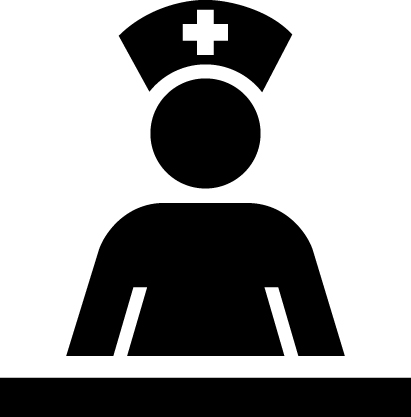Follow these four steps to find a primary care provider. You may need to find a primary care provider who can recommend you to a specialist if your health requires it.
1. Identify providers in your network
Call your insurance company to find a list of providers in your area. See if providers meet your needs. Do you need them to speak a language other than English? Keep in mind that a provider not in your network will cost more than one in your network.
2. Ask around
Perhaps your family or friends may have recommendations for providers!
3. Pick a provider
Call and see who may have availabilities. Ask if the provider is taking new patients. Determine if there is an appointment time that works for you.See if the provider meets your needs as far as language and accessibility is concerned.
4. Give them a try!
It may take multiple tries to find a provider that is right for you, so don’t be concerned about testing a few out.
For more information, contact Compassionate Care Network: 773-775-3600










